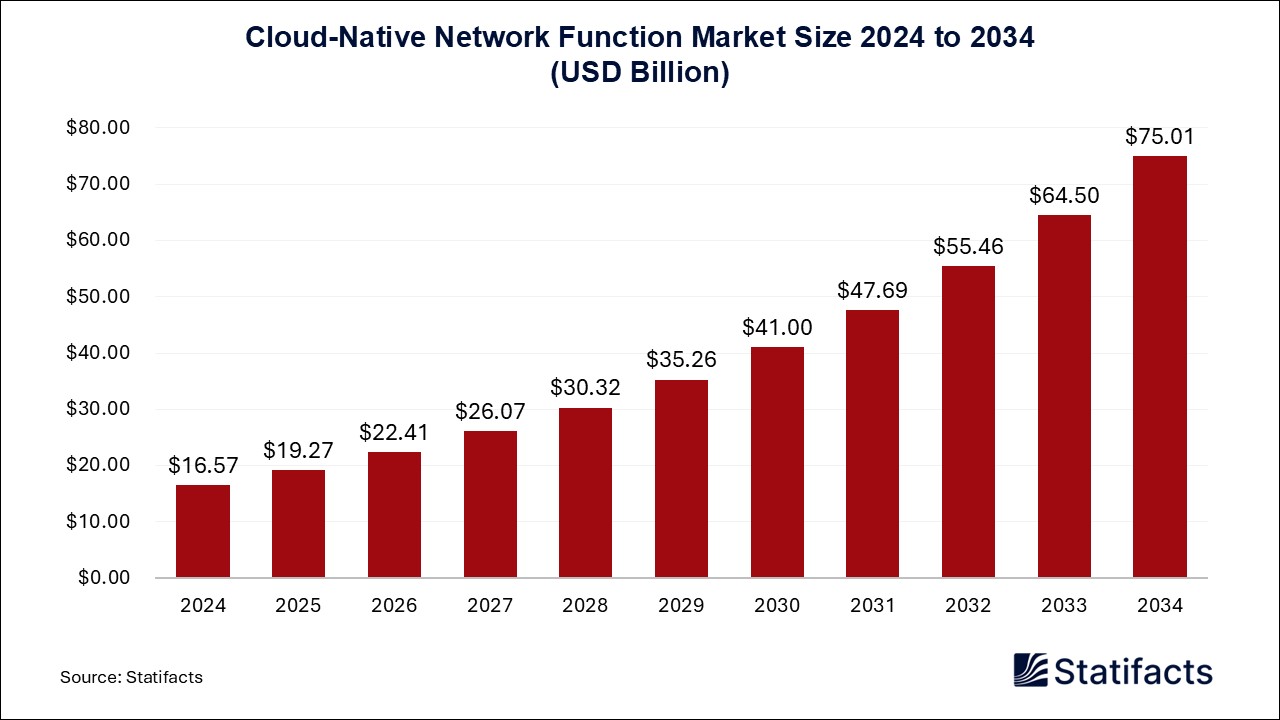

Our customers work more efficiently and benefit from
The U.S. microarray market size is calculated at USD 1,620 million in 2024 and is predicted to reach around USD 3,910 million by 2034, expanding at a CAGR of 9.2% from 2025 to 2034.
The U.S. microarray market is progressing gradually with the increased application of microarray technology in genomics, proteomics, and personalized medicine. Microarrays enable high-throughput analysis of proteins, RNA, and DNA, which are critical in disease research, drug discovery, and diagnostics. Increased demand for precision medicine, biomarker detection, and oncology applications is propelling market growth.
The U.S. microarray market is being significantly influenced by precision medicine. Such advancements enable doctors to customize treatments based on the genetic makeup of a patient, enhancing outcomes and minimizing side effects. Increasing demand for targeted therapy in the treatment of rare genetic disorders and cancer is fuelling the application of microarray technology.
| Industry Worth | Details |
| Market Size in 2024 | USD 1,620 Million |
| Market Size in 2025 | USD 1,770 Million |
| Market Size by 2034 | USD 3,910 Million |
| Market Growth Rate from 2025 to 2034 | CAGR of 9.2% |
Microarrays are vital tools in drug discovery and clinical diagnosis. Because of their ability to examine thousands of genetic and protein interactions in a single assay, microarrays are essential in discovering new targets and biomarkers in drug discovery research. Microarrays are also employed extensively in infectious diseases, genetic diseases, and cancer diagnostics. The U.S. microarray market is also gaining from continuing technological innovation. Technologies like high-density microarrays and automated data analysis are enhancing research productivity and increasing clinical applications. Next-generation microarrays with increased sensitivity and specificity are rendering genomic and proteomic research more efficient. Greater R&D spending by pharmaceutical firms, academic research institutions, and government agencies is driving the evolution of new microarray-based products, further propelling market growth.
While it has its benefits, the widespread use of microarray technology is hindered. The high expense of equipment, reagents, and data analysis restricts broad usage, particularly in smaller research laboratories. The intricacy of managing large-scale genomic and proteomic data also demands specialized expertise, which acts as a deterrent for most institutions. Competition from next-generation sequencing (NGS) technology is also increasing. Although microarrays continue to be inexpensive for some uses, increasing favor in the U.S. microarray market for NGS genetic analysis and disease profiling can potentially affect long-term growth.
However, sustained innovation, increasing research uses, and growing needs for personalized medicine are likely to continue driving the market. With decreasing costs, increased automation, and the adoption of AI-facilitated analytics, microarrays are growing more efficient. AI-based bioinformatics tools facilitate easier interpretation of data, improve biomarker identification speed, and maximize drug target identification, further expanding the uses of microarrays in genomic research, diagnostics, and personalized medicine. With an increased need for faster and more precise diagnostic tools, microarrays will likely have greater clinical uses.
The marriage of microarray technology and CRISPR-mediated gene editing is revealing new prospects for genetic investigation and drug development. This marriage will allow precise examination of gene editing and its effects on function, thereby improving the chances for effective disease therapy using targeted therapy. With the increasing threat of emerging pathogens due to globalization and climate change looming large, microarrays are gaining increased importance in scientific investigation in virology and epidemiology. Their ability to simultaneously screen multiple pathogens is driving their application in public health surveillance and diagnostics.
Wearable biosensors and point-of-care diagnostic instruments are being made possible by the miniaturization of microarrays. By facilitating real-time health monitoring and disease detection, these new technologies will increase the application of microarray technology beyond the laboratory. The growth of the U.S. microarray market is anticipated to be driven by government spending on genomic research and microarray platform technology in the upcoming years.
Published by Laxmi Narayan , February 2025
For any questions about this dataset or to discuss customization options, please write to us at sales@statifacts.com
| Stats ID: | 8017 |
| Format: | Databook |
| Published: | February 2025 |
| Delivery: | Immediate |
| Price | US$ 1550 |

| Stats ID: | 8017 |
| Format: | Databook |
| Published: | February 2025 |
| Delivery: | Immediate |
| Price | US$ 1550 |

You will receive an email from our Business Development Manager. Please be sure to check your SPAM/JUNK folder too.

Unlock unlimited access to all exclusive market research reports, empowering your business.
Get industry insights at the most affordable plan
Stay ahead of the competition with comprehensive, actionable intelligence at your fingertips!
Learn More Download
Download
